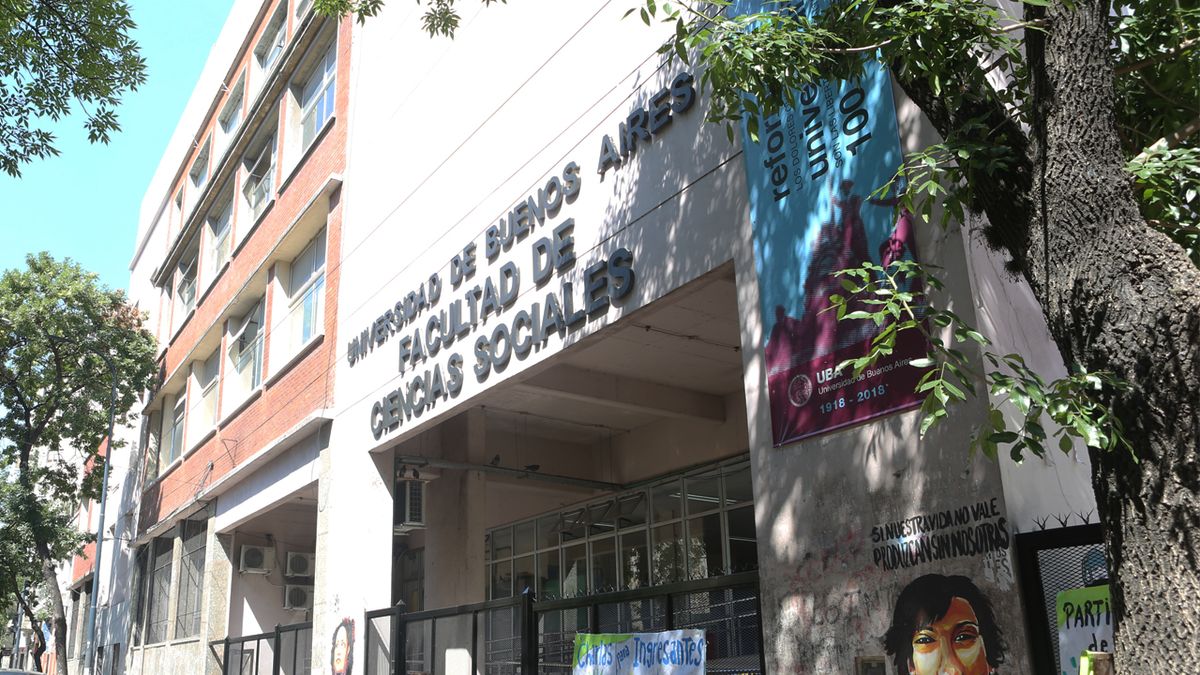The ruling party assigned to the higher education institutions $3.8 trillion, while the National Interuniversity Council (CIN) is asking to be able to operate $7.2 million.
In addition, the suspension of the Teacher Incentive Fund which has been in force since January and which has provoked complaints from the opposition in the Chamber of Deputies, which has sought, although still unsuccessfully due to differences within the opposition blocs, to pass a law to restore the FONID.
Allies of Javier Milei
The decision to grant half of the funds requested by the rectors will deepen the conflict not only with the teachers and students, but also with the allied blocs of the UCR, Encuentro Federal and the Civic Coalition, which the government needs to approve the law on expenses and resources.
The government’s resolution comes just days after the Senate passed into law a bill to expand the university budget for this year, which has a fiscal impact of $738 billion, which Milei anticipated will be vetoed.
The government is now considering allocating $3.8 billion next year, which, according to the opposition, will not be enough to guarantee the operation of the National Universities.
Embed – https://publish.twitter.com/oembed?url=https://x.com/juliocobos/status/1835685854355783835&partner=&hide_thread=false
From the 2025 Budget project it is clear that the estimated funds for public universities are far from what is necessary for normal operation. While the @CINoficial estimated 7.2 billion, the Project establishes 3.8 billion, that is, almost half. pic.twitter.com/xfEeJr8tjg
— Julio Cobos (@juliocobos) September 16, 2024
In this regard, the deputy Julio Cobos He said that Milei “pointed out that the State must ensure macroeconomic stability and the rule of law, including Security, Justice and Defense, the rest is resolved by the market. And Health and Education? Governing is managing priorities and education is not a priority.”
“It is clear that the estimated funds for public universities are far from what is necessary for their normal operation. While @CINoficial estimated 7.2 billion, the Project establishes 3.8 billion, that is, almost half,” he warned.
He also complained that the “suspension of Article 9 of the Education Financing Law, which guaranteed the financing of the system, was maintained; aiming for a consolidated investment (national State, Provinces and CABA) of 6% of the GDP.”
Universities in the Budget
The National Government decided yesterday that it will allocate 5.7% of the National Budget to the education systemwhich includes funds for universities, the National Literacy Plan, the Progresar Program and the care of school cafeterias.
According to the budget, various programs are financed, including the Development of Higher Education; the National Literacy Plan, the Program to Support Students in Argentina (PROGRESAR), the care of school cafeterias and various infrastructure actions, among other policies. The Development of Higher Education program will address academic activity throughout the country.
It also states that the National Literacy Plan emerges as a priority in 2025in accordance with various educational improvement actions (training of teachers) and the provision of materials (books, teaching materials, equipment) to achieve its objectives. In addition, it is projected that more than 1.5 million scholarships will be provided to students throughout the country by 2025. It is also established that there will be food assistance for students belonging to vulnerable sectors through 12,000 school canteens throughout the country.
The National Government yesterday detailed the general guidelines of the 2025 Budget, which indicate a 5% GDP growth, an inflation of 18.3% and a dollar at $1,207 for the next period. These are the forecasts included in the text of the Budget that was submitted to Congress on Sunday night.
According to the text prepared by the national government, the budget is projected to be “slightly surplus” in terms of GDP, with a primary balance of 1.3%. In 2024, the Government considers that it would be positive by 1.5% of GDP.
As for the national public sector, a surplus financial result of $190,655 million is expected, with total resources of $125,936,982 million (16.5% of GDP, a decrease of 0.2 points of GDP compared to 2024) and total expenses of $125,744,647 million (16.5% of GDP).
Source: Ambito




